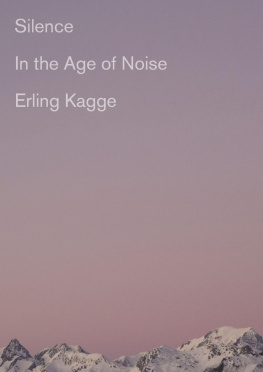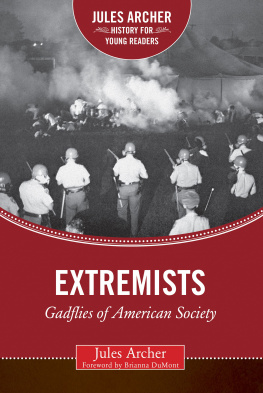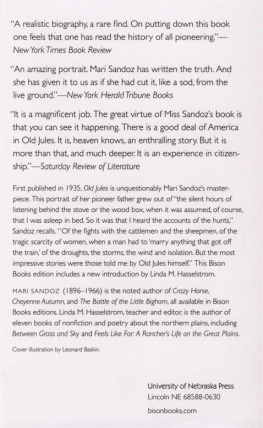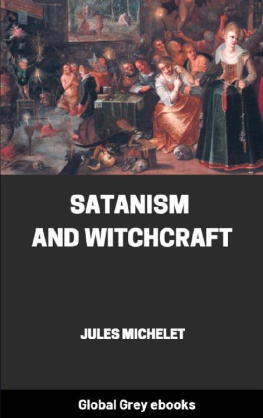Library of Congress Cataloging-in-Publication Data
Names: Balen, Julia, 1955 author.
Title: A queerly joyful noise: choral musicking for social justice / Julia Jules Balen.
Description: New Brunswick: Rutgers University Press, [2017] | Includes bibliographical references. | Description based on print version record and CIP data provided by publisher; resource not viewed.
Identifiers: LCCN 2017011525 (print) | LCCN 2017027500 (ebook) | ISBN 9780813588407 (Epub) | ISBN 9780813588414 (Web PDF) | ISBN 9780813588391 (cloth: alk. paper) | ISBN 9780813588384 (pbk.: alk. paper)
Subjects: LCSH: Choral singingSocial aspectsUnited States. | Choral singingPolitical aspectsUnited States. | Gay choirsUnited States.
Classification: LCC ML3917.U6 (ebook) | LCC ML3917.U6 B35 2017 (print) | DDC 782.5086/64-dc23
LC record available at https://lccn.loc.gov/201701152
A British Cataloging-in-Publication record for this book is available from the British Library.
Copyright 2017 by Julia Jules Baln
All rights reserved
No part of this book may be reproduced or utilized in any form or by any means, electronic or mechanical, or by any information storage and retrieval system, without written permission from the publisher. Please contact Rutgers University Press, 106 Somerset Street, New Brunswick, NJ 08901. The only exception to this prohibition is fair use as defined by U.S. copyright law.
www.rutgersuniversitypress.org
Why Choruses?
Listen up, people! Our director is clearly irritated. The chorus has been missing cues, off time, and even occasionally out of tune. My lower back is speaking to me, causing my attention to wander. I came in early on that last entrance, jumping the directors cue and garnering his glare. He warns us, We have to let our instrumentalists go at nine oclock, but the chorus can stay till we get the rest of the show worked out. We can stay in this theater till midnight. I can feel the collective groan that no one dares express. Material realities focus us: the chorus pays the professionals (the director and instrumentalists) to be there out of singers dues, ticket sales, and donations. He turns his attention to the musicians seated in front of us. Its eight oclock in the evening.
We have been standing on metal risers for almost two hours, most of us after a full day at work. The risers are creaky and wobble more than any of us like. We are packed tightlymore than eighty of usand have to place ourselves at slight angles so that we all fit. Each step is only about eighteen inches deep. Those standing on the front row must keep their feet to the front of the riser. Those in the middle row must keep centered. And those in the back row must stand toward the back of the riser stepa rather precarious position at best, but especially without a safety bar behind them. I am glad this time not to be on the top row, though I am cramped. Half a step one way or another affects someone else. There is much negotiation for space: I cant see the director. Can you move a bit that way? Dont lock your kneesit can make you pass out, we remind ourselves. Breathe and bend, but not so that anyone can notice. Singers whisper needs and complaints:
Your folder is hitting me on the side of the head!
I dont know why we dont just memorize this. Then we wouldnt have to hold these bulky folders.
Im glad he didnt make us memorize this one. I get nervous when we dont have our music in front of us.
The tenor next to me leans in to snark, So whats her excuse now? I could answer that she rarely solidly knows her part, but at least shes pretty reliable at just mouthing the words during concerts when she doesnt, unlike some people we know. Or I could counter that his pitch on the high notes is often slightly flat. I just raise my eyebrows and smile.
Why would anyone subject themselves to this? The baton goes up and we breathe, mostly together this time. The desire to sing well begins to overcome the distractions of discomfort. We breathe into the music, breathing together in time and space. Our months of practice finally evident, we exhale an exhilaration of song into moments of beauty that none of us could have without the others. Experiencing the choral is not the wild Dionysiac dancing and cavorting together or the carnival that turns the tables of power for which Barbara Ehrenreich grieves in Dancing in the Streets: A History of Collective Joy. But choral musicking choruses engage to particular effect.
This opening story is likely to be recognizable to anyone who has sung in chorusesstraightnew turn for me when a queer chorus started up in my town. At the time, I joined to find respite while I was finishing my dissertation. Little did I know I was one of many thousands around the world doing the same thing.
About seven years later, in 1996, I attended my very first GALA (Gay and Lesbian Association of Choruses) Festival in Tampa, Florida. Only a bit over five feet tall, I found myself standing in a crowd of almost five thousand choral concertgoers, probably about two-thirds of them gay men. The rest included lesbians, bisexuals, transgender people, and a few straight people, with a smattering of out and proud queers from around the world, all waiting to attend the opening ceremonies. That sweaty summer evening, as people were teasing, flirting, and calling out to each other, mostly over my head, it struck me just how big this movement is. Here I was standing with thousands of people from around the world who were eager to share their joy in and through queer choral performance.
This was the fifth of GALAs quadrennial festivals, and I attended everything I could. We stood packed in an enormous hall for opening ceremonies, enchanted by Dr. Maya Angelous keynote address. And when she performed (as only she can) her poem Still I Rise, we roared our pleasure at her taunting:
Does my sexiness upset you?
Does it come as a surprise
That I dance like Ive got diamonds
At the meeting of my thighs?
Her audacity had us daring to imagine the power of our own voices. Harvey Fierstein, Ann Hampton Callaway, BETTY, Romanovsky and Phillips, and Holly Near performed, making those opening ceremonies like none before. As the GALA Choruses website notes, there were eighty-six choruses in attendance [out of the 155 registered member choruses at the time], 23 small ensembles, and more than 4,700 delegates who participated. The festival rank[ed] among the largest conventions ever hosted in Tampa. As is true for most choral festivals, participants had a choice of workshops on singing of all types, on organizing choruses, on fundraising, and on many other related topics. We could sing with the festival chorus that practiced and performed the festival anthem, We Sing the Dream, commissioned for the occasion. There were eight full days of concerts put on by groups It was possiblethough truly overwhelmingto experience every single chorus performing. Unlike most choral festivals, there was no competition, only celebration of each otherall of us singing together.













